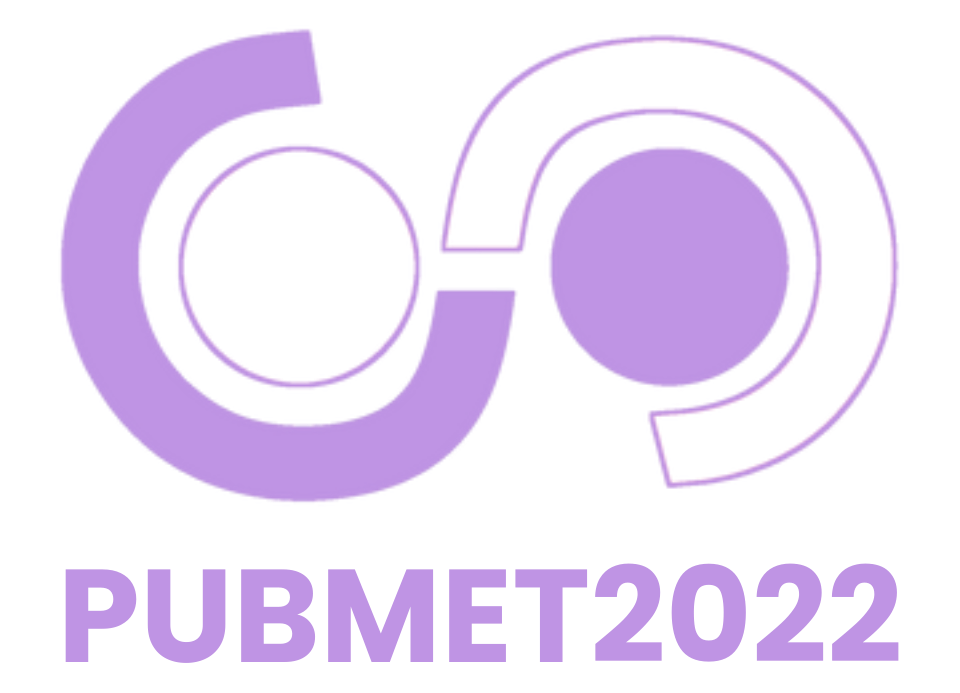Promoting student research at ST-OPEN: the analysis of a university overlay journal’s first two years of publishing


Scholars have previously recognized the potential of a university repository in offering new open-access publishing avenues and creating university-led journals (Bankier & Perciali, 2008). The relationship between repositories and journals is not new; the overlay journal, which acts as an “overlay” of a repository adds value to deposited publications through the peer-review process (Cassella & Calvi, 2010). In 2018, the University of Split (UNIST) recognized the potential of both models and founded the ST-OPEN overlay journal with the aim of providing research education for students and increasing the visibility of student research by publishing student theses after a rigorous, two-round peer-review process and translation into English (Marušić, Tomić, Gudelj, Wager, & Marušić, 2019). By 2022, two full volumes have been published, containing 23 original research articles and four editorials.
Our 2021 editorial analysis discovered that the articles available on our OJS website and the Hrčak database were downloaded or visited 2472 times and that the journal had 10 153 visits overall (Gudelj, Ursić, Tomić, & Marušić, 2021). As members of the editorial team, we actively conduct editorial research to detect good practices and possibilities for improvement of our editorial and publication processes. By 2022, the 23 articles and four editorials published were downloaded or visited 13 810 times and a total of 132 manuscripts (original research articles only) were submitted to ST-OPEN. Of the 132 manuscripts, 102 (77.3%) had been previously deposited in the UNIST repository or the Croatian Dabar repository. Most submitted manuscripts (n = 108, 81.8%) were students’ graduate theses. As the ST-OPEN editorial team actively screens the Croatian repositories for acceptable theses (Marušić et al., 2019), most manuscripts were found through this method (n = 59, 44.7%); however, a substantial number of manuscripts were also recommended by the editorial board (n = 48, 36.4%) and submitted directly (n = 25, 18.9%). While screening the repositories, we encountered the issue of the access status of deposited theses. While 60 theses were available in open access (45.5%), 40 were in limited access (30.3%), requiring institutional access to be downloaded. During the publication process, 47 manuscript authors gave up during the transformative review process (35.6%), while 36 manuscripts received an editorial rejection (27.3%). Considering that 25 (18.9%) manuscripts were published (including two published in 2022) and 8 (6.0%) were in copyediting or in various stages of the review process, a total of 92 (69.6%) manuscripts were rejected or the authors opted out of the publishing process. As ST-OPEN is a cross-faculty multidisciplinary journal, the published manuscripts came from various scientific fields. Most theses (n = 47, 35.6%) came from students at faculties rooted in humanities and social sciences, closely followed by those from faculties focused on biomedical and natural sciences (n = 45, 34.0%).
Given the high quality of the published manuscripts, the average acceptance rate, and the high number of visits and downloads in the first two years of publishing, we believe we have considerably increased the visibility of student research at UNIST. Without our journal, most theses would never be published outside the repository. Given the positive effect a journal’s tutorship can have on the research skills, publication outcomes, and career advancements of researchers (Marusic, Markulin, Lukic, & Marusic, 2006; Šimić et al., 2021), we plan to continue and improve as well our role as educators, continuing our author-helpful policy (Marusic et al., 2004; Marušić et al., 2019). Some issues observed after the first published volume (Gudelj et al., 2021), such as difficulties in accessing theses and lack of contact information for authors, are still a barrier to our access to student theses. We will actively find ways to circumvent these barriers and improve the publication activities and visibility of UNIST students.
Luka Ursić
ST-OPEN, University of Split
Split, Croatia
ORCID ID: 0000-0003-2469-2948Danijel Gudelj
ST-OPEN, University of Split
Split, Croatia
ORCID ID: 0000-0001-6883-2805Vicko Tomić
ST-OPEN, University of Split
Split, Croatia
ORCID ID: 0000-0002-5617-6086
